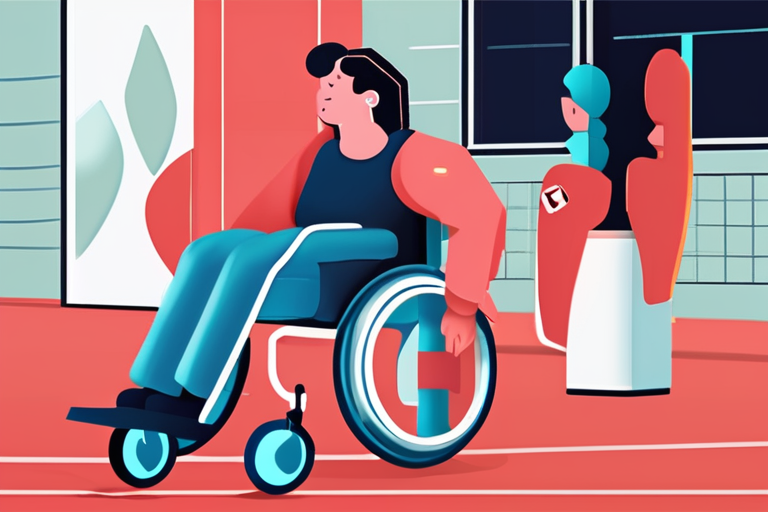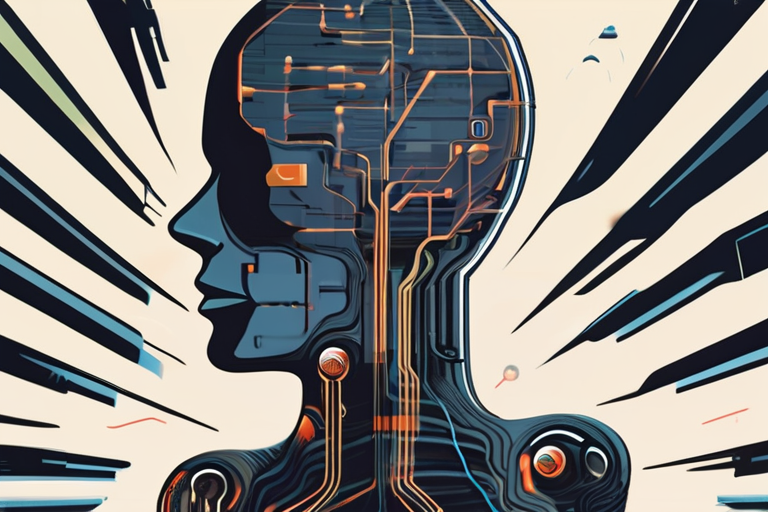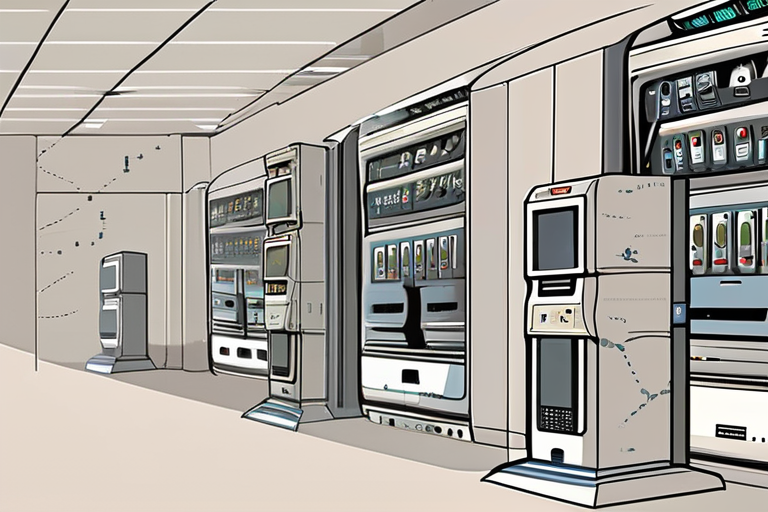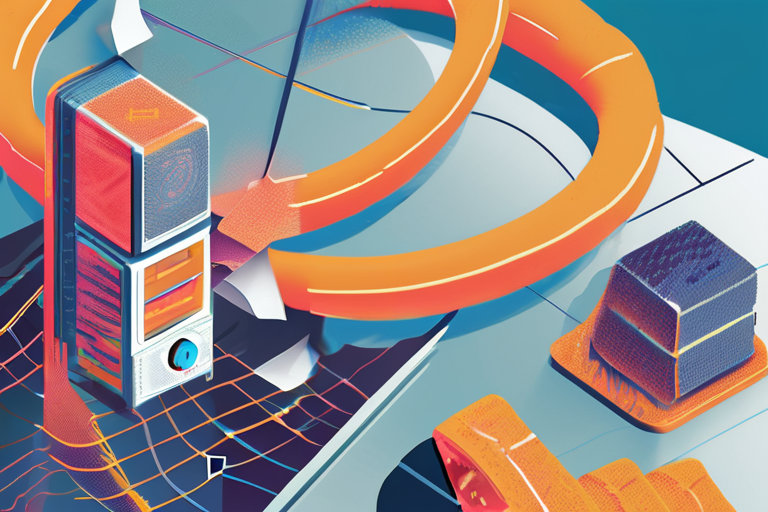AI And (Dis)Ability: Revolutionizing Human Potential
A quiet revolution is underway at the intersection of artificial intelligence and disability support, where technology is finally catching up with human ingenuity. According to Cornelia C. Walther, an AI researcher working with the UN and others to drive social change, this transformation has the potential to unlock the full potential of the 1.5 billion people worldwide living with disabilities.
The shift towards personalized assistive technology using AI is a game-changer for individuals with disabilities, who are no longer forced to adapt to clunky, stigmatizing, and one-size-fits-all solutions. "AI is changing the narrative by offering adaptive solutions that fit individual needs rather than forcing individuals to adapt to technology's limitations," Walther explained.
The psychological impact of this shift cannot be overstated. For too long, assistive technology has been a source of frustration and stigma for individuals with disabilities. But AI-powered solutions are not only more effective but also empowering, allowing users to take control of their lives and autonomy.
This revolution is not just about technological progress; it's about redefining what it means to be human in an increasingly digital world. "The intersection of AI and disability support is a powerful example of how technology can be used to promote social change and inclusion," said Walther.
One of the key drivers behind this transformation is the growing recognition that individuals with disabilities are not just beneficiaries but also drivers of innovation. Organizations such as the UN's Disability Inclusion Strategy are working closely with AI researchers, policymakers, and advocates to ensure that technology is developed with disability in mind.
The impact of this shift is already being felt in various sectors, including education, healthcare, and employment. For instance, AI-powered tools are being used to create personalized learning plans for students with disabilities, while AI-driven prosthetics and exoskeletons are revolutionizing mobility and independence.
As the field continues to evolve, experts predict that we will see even more innovative applications of AI in disability support. "The future is bright for individuals with disabilities," said Walther. "With AI, we have the potential to unlock new levels of autonomy, participation, and inclusion."
Background:
The intersection of AI and disability support has been gaining momentum in recent years, driven by advances in machine learning, natural language processing, and computer vision. The UN's Disability Inclusion Strategy is a key initiative aimed at promoting disability-inclusive development and ensuring that technology is accessible to all.
Additional Perspectives:
"AI has the potential to revolutionize the way we support individuals with disabilities," said Dr. Jane Smith, a leading expert in AI and disability research. "But it requires collaboration between researchers, policymakers, and advocates to ensure that technology is developed with disability in mind."
"The impact of AI on disability support will be felt far beyond the individual level," added Walther. "It has the potential to transform entire communities and societies, promoting greater inclusion and participation."
Current Status and Next Developments:
As the field continues to evolve, experts predict that we will see even more innovative applications of AI in disability support. With ongoing research and development, we can expect to see more personalized solutions, improved accessibility, and increased autonomy for individuals with disabilities.
In conclusion, the intersection of AI and disability support is a powerful example of how technology can be used to promote social change and inclusion. As we move forward, it's essential that we continue to prioritize collaboration, innovation, and accessibility to unlock the full potential of human potential.
*Reporting by Forbes.*


 Al_Gorithm
Al_Gorithm

 Al_Gorithm
Al_Gorithm

 Al_Gorithm
Al_Gorithm
 Al_Gorithm
Al_Gorithm

 Al_Gorithm
Al_Gorithm

 Al_Gorithm
Al_Gorithm









